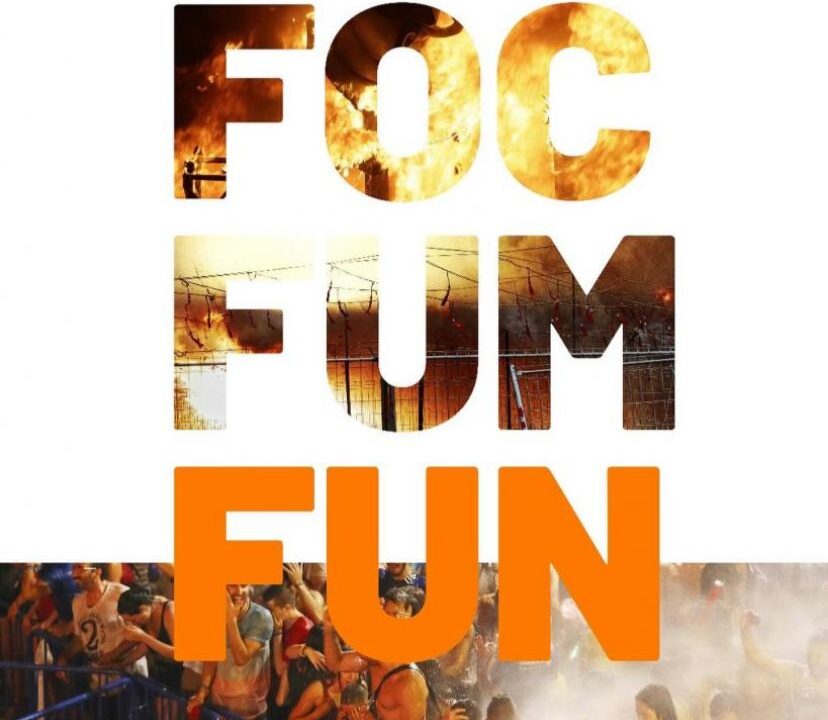
And all because it is the time of the Hogueras San Juan celebration, the city will be filled with the noise of exploding firecrackers, music and drums, fireworks and beautiful figures. Many people love and look forward to this holiday, especially tourists, and some people specifically take vacations on these dates to be away from the noise and the eternal traffic jams from blocked streets.
Did you know that in Valencia, there is a similar holiday that usually comes in March. And if you don’t think about it, you’d think they’re exactly the same.
Despite their outward similarities and common roots, each has its own unique characteristics and traditions.
Origins and history
The Hogueras de San Juan (Bonfires of St. John) in Alicante are celebrated in June, and their history dates back to the ancient tradition of celebrating the summer solstice. This holiday was officially recognized in 1928, when local authorities decided to combine several traditional festivals into one major festival.
Fallas in Valencia, in turn, take place in March, with celebrations peaking between March 15 and 19. Their roots date back to medieval customs, when carpenters burned unwanted items and wooden structures on the eve of St. Joseph’s Day, the patron saint of carpenters. The festival was officially recognized in the 18th century.
The main elements of the holidays
Both festivals involve the making and burning of huge figures, but this is where the differences come into play.
During Hogueras in Alicante, Hogueras are created – tall wooden and cardboard structures that depict various scenes and caricatures. These figures are placed throughout the city and burned on the night of June 24, symbolizing purification through fire.
Fallas in Valencia include the creation of falas – elaborate, colorful figures made of wood, papier-mâché and cardboard. Each falja can reach several meters in height and represent satirical or historical scenes. The festival culminates in “La Cremà” (The Burning), when all the Fallas are burned on the night of March 19.
Music, dance and traditional activities
Hogueras in Alicante are accompanied by many cultural events including traditional dances, parades and musical performances. One of the highlights is “La Mascletà”, a powerful fireworks show that takes place every day during the festival. There are also bullfighting and flower shows during the festival.
In Valencia, Fallas is also an important part of the celebration with the “La Mascletà”, as well as the “La Ofrenda de Flores“, a procession in which thousands of people bring flowers in honor of the Virgin Mary. Fallas also hosts numerous concerts, dances and street parties that create a unique festive atmosphere.
Clothing and symbols
During both holidays, residents often wear traditional costumes. In Alicante, women wear brightly colored dresses with lace and embroidery, while men wear suits with scarves and belts. In Valencia, traditional clothing includes elaborately decorated dresses and suits that resemble 18th century attire.
Hogueras in Alicante and Fallas in Valencia are two unique celebrations that, despite their common features, have their own special traditions and atmosphere. They reflect the rich cultural history and Spanish passion for celebration, offering an unforgettable experience for all who choose to attend.

